Common holiday plants, such as the poinsettia and mistletoe, are often considered very poisonous and even life-threatening. Always keep plants out of reach of small children. If you have questions about the plants listed below, or any other plants in and around your home, call the Poison Hotline at 1-800-222-1222.
Holiday plant safety
Amaryllis
Hippeastrum spp. Amaryllis is an exotic plant from tropical America and Africa has brilliant- colored flowers and green strap-shaped leaves. A stomachache can occur if the bulb is eaten.

Christmas cactus
Christmas cactus' arching, drooping branches are made up of flattened, scallop-edged, smooth, bright green, spineless joints. Rosy purplish, red flowers appear at Christmas time. This plant is considered non-toxic.
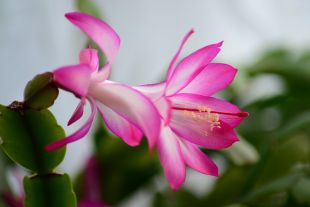
Christmas trees (cedar)
Cedar trees have scale-like, closely oppressed, glandular leaves. Eating the bark can cause a stomach ache. The sap may cause an itchy skin rash.

Christmas trees (pine, spruce & fir)
Pine, spruce and fir trees are all needle-bearing, cone-producing trees. The needles can cause choking but are non-toxic.

Holly berries
(Ilex spp.) Holly berries have bright red berries that are especially attractive to small children. Nibbling on one or two berries will not cause any symptoms. Swallowing more, however, can result in nausea, vomiting, stomach pain and diarrhea.
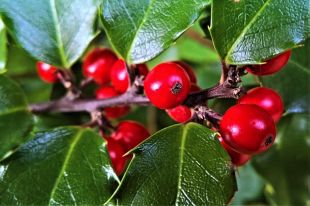
Jerusalem cherry or winter cherry
(Solanum pseudocapsicum) The Jerusalem cherry plant has bright orange and dark red berries. Swallowing this ornamental plant can result in vomiting, redness of the skin, drowsiness or restlessness, and hallucinations. In rare cases, seizures may occur.
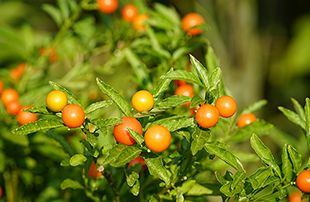
Mistletoe
(Phoradendron spp.) Mistletoe has yellowish flowers, yellowish-green leaves, and waxy, white berries. All parts of the plant contain toxic substances and if eaten can cause vomiting, diarrhea and stomach pain. One to two berries or leaves eaten by a child will NOT result in serious harm. As a precaution when hanging mistletoe in your home, place it in a piece of netting or a plastic sandwich bag.

Poinsettia
(Euphorbia spp.) Poinsettia is a deciduous shrub with large, alternate leaves. The plant contains large brilliant red floral bracts in winter through spring. Eating many leaves may cause mild stomach upset. The sap from the plant may cause skin rash and should be washed off with soap and water. Contrary to earlier beliefs, poinsettias are safe in the home during the holidays.
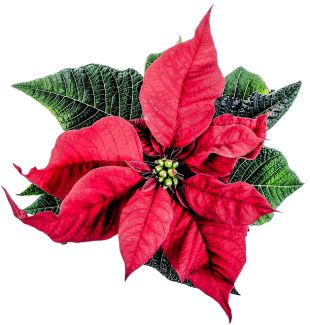
Pyracantha or Firethorn
(Pyracantha spp.) Pyracantha has oblong, shiny leaves, white flowers, and a lot of berries during the winter season. This plant is often used in holiday center-piece decorations because of its showy ornamental appearance. If large amounts of berries are eaten, a stomach ache may result. However, most experts say it is safe for decorating use during the holidays.
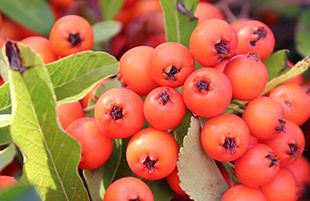
Rosary pea or the jequirity bean
(Abrus precatorius) The jequirity bean, commonly used in Mexico, is often used in jewelry making because of its dark red color and black-tipped end. There is no harm if the beans are swallowed whole, but can be life-threatening if they are chewed before swallowing. Vomiting and stomachache occurs within a few hours after swallowing. This is followed by bloody diarrhea.




